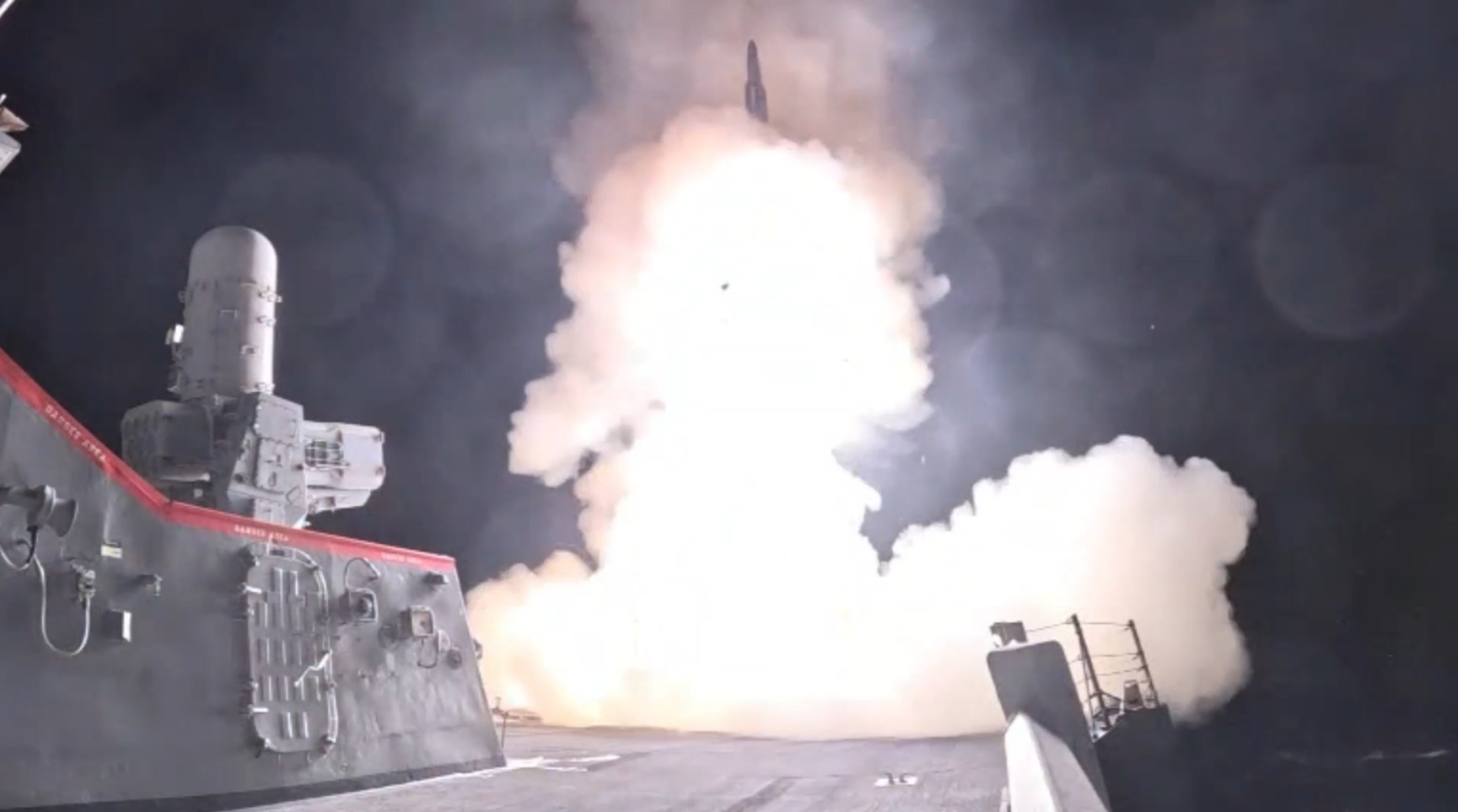On Tuesday, the United States Navy showcased its defensive capabilities by releasing videos of its destroyers intercepting Iranian ballistic missiles aimed at Israel from the Mediterranean Sea.
Pentagon spokesperson Maj. Gen. Pat Ryder confirmed that the USS Bulkeley and USS Cole deployed a dozen interceptors to thwart incoming missiles. The U.S. Navy’s Sixth Fleet reported that these ships were actively responding to “multiple” missile threats over the Eastern Mediterranean.
(1/2) The U.S. Sixth Fleet guided missile destroyers USS Cole (DDG 67) and USS Bulkeley (DDG 84) engaged multiple Iranian ballistic missiles in defense of Israel from the Eastern Mediterranean Sea, October 1, 2024. pic.twitter.com/0qiISGoWZg
— U.S. Naval Forces Europe-Africa/U.S. 6th Fleet (@USNavyEurope) October 2, 2024
The Islamic Revolutionary Guard Corps (IRGC) of Iran asserted that these missile strikes were retaliation for the assassination of Hamas leader Ismail Haniyeh, among others.

The Israel Defense Forces (IDF) reported that both Israeli and U.S. air defense systems successfully countered approximately 180 ballistic missiles, confirming that while some did strike Israeli military bases, there was no damage to their air force capabilities.
Ryder indicated that around 200 missiles were launched by Iran, with early assessments suggesting that several were successfully intercepted by the destroyers. Both ships are equipped with the advanced Aegis weapons system, which provides multi-mission offensive and defensive capabilities.
The Aegis system, developed by Lockheed Martin, integrates detection and weaponry into a comprehensive defense network.
Reports from the U.S. Naval Institute indicate the Bulkeley and Cole utilized Standard Missile 3 (SM-3) interceptors during the operation. These missiles target short to intermediate-range threats using kinetic force rather than explosives, likening the method to colliding bullets to neutralize an incoming projectile.

This engagement marks another instance of the SM-3 in action. Previously, during Iranian attacks in April, other destroyers successfully launched interceptors in response to similar threats, as reported by USNI News.
Pricing for the SM-3 varies from $9.7 million for the Block IB variant to $27.9 million for the Block IIA. The latter offers enhanced capabilities developed in collaboration with Japan, including a larger “kill vehicle” for improved efficacy against missile threats.
